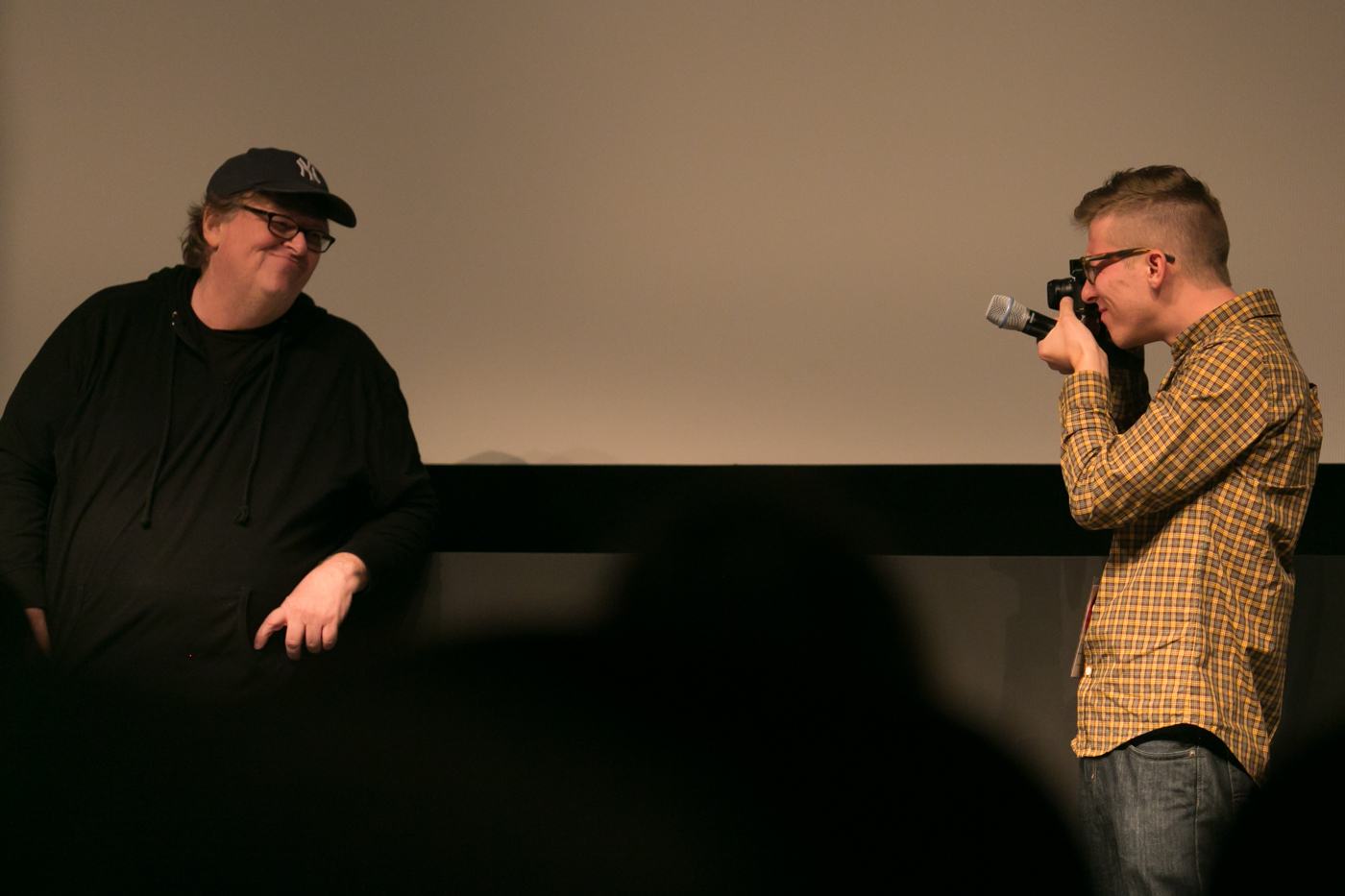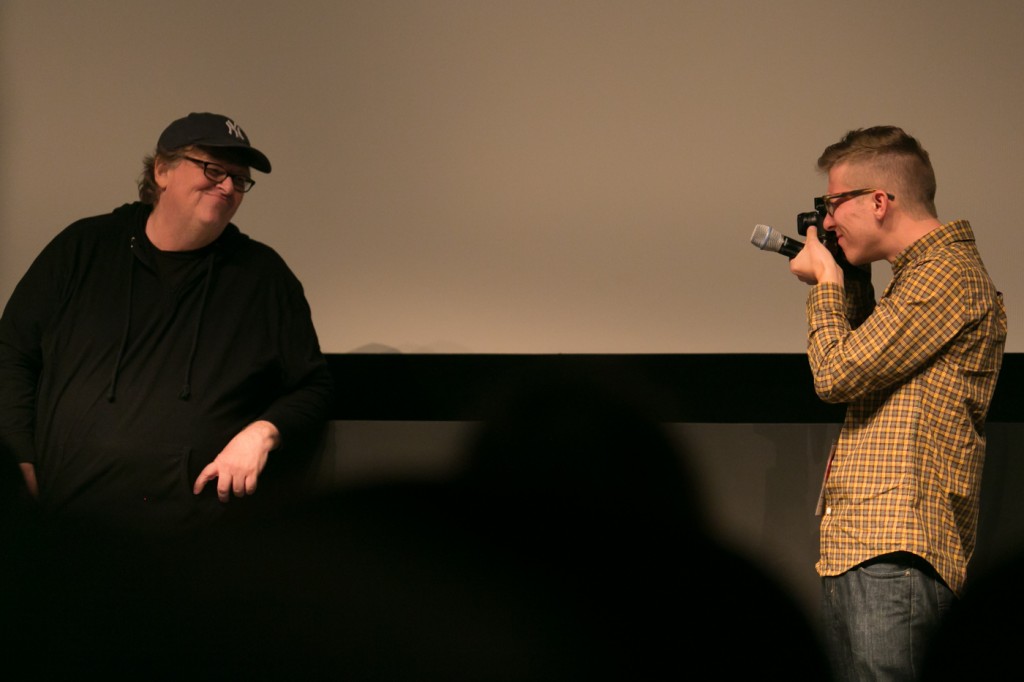Finding Vivian Maier: An Undiscovered Photography Master Testing Secondary Title

This post was written by DOC NYC blogger Krystal Grow

Erratic, obsessive and intensely private, Vivian Maier could have been one of the most famous photographers of her time. For that to have happened, she would have had to display even a tiny sample of her prolific body of work, which remained virtually untouched until a young man in search of historic photos of Chicago stumbled upon a crate full of negatives and found a mystery to solve.
Maier, who worked as a nanny for most of her life, is gaining a reputation as an undiscovered contemporary of legends like Robert Frank, Gary Winogrand and Lisette Model. Her story is chronicled in the film FINDING VIVIAN MAIER by directors Charlie Siskel and John Maloof, the latter of whom first found Maier’s negatives in that dusty auction house.
“You’ve got the hottest ticket of the festival,” DOC NYC Artistic Director Thom Powers told the sold out Sunday night audience at the SVA Theatre as he introduced the film. “I saw this film at the Toronto Film Festival and had dreams of showing it at DOCNYC, and I’m so proud to have this film premiering here tonight.”
Maloof, who had no background in photography before discovering Maier’s work, went on a virtual scavenger hunt to piece together her life through the mountains of evidence she left behind. A borderline hoarder, Maier kept an extensive archive of, not just negatives, but letters, receipts, bus schedules, newspapers, audio tapes, 8mm films and an astonishing assortment of clothes, hats, shoes, pins and personal ephemera.
The search led Maloof to the grown up versions of the children Maier was hired to look after, who all had distinct—and at times disturbing—memories of their live-in, pack-rat, photo-crazy caretaker. Adventurous at best and abusive at worst, Maier showed signs of brilliance in her photos and an unwavering sensitivity to what one subject in the film called “the folly of humanity,” seen through the lens of her twin-lens Rollieflex.
“There’s a real sense of authenticity to this work. I can sense her presence in all her images,” said photographer Joel Meyerowitz, who, alongside photographer Mary Ellen Mark and New York gallery owner Howard Greenberg, praised Maier and appeared, like everyone else who’s encountered her photography, enthralled by the mystery of her existence. “It’s a great story,” Siskel said after the film. “It would be a great story even if the work was just OK, but the fact that the work is so good has really made people take notice.”
Michael Moore, who collaborated with Siskel on some of his earliest projects, hosted the post-screening Q&A. After seeing the film for the first time that night, Moore was immensely complimentary. ” “This is not your typical biopic,” he said. “The world is filled with people who make art and have a voice, but most of them know that their voice will never be heard and their work will never be seen-that’s universal. Nobody wants to be forgotten.”
Krystal Grow is a freelance journalist, arts administrator and photo enthusiast based in NYC. www.kgreyscale.com

